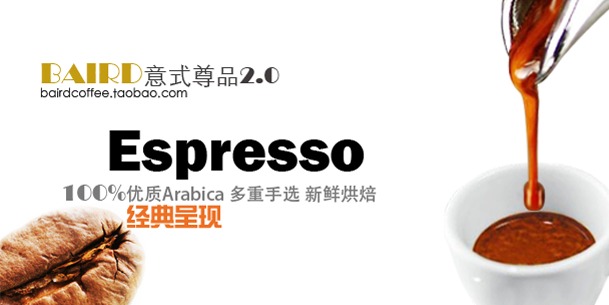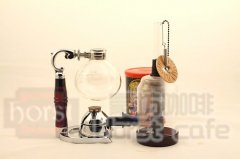Multiple factors affecting a cup of coffee (Espresso)

On the basis of affecting the quality of coffee, we divide the production process into several elements to facilitate the organization of a large number of materials, not to say that these elements are independent of each other or can be defined separately. For example, there are many small factors that affect the pump pressure, we just assume that they are all normal, the valves in the machine are well sealed, and the outlet head seal ring is soft and tough, ensuring good sealing performance. We also assume that the pump is working properly, and so on, in practice, everything changes at different times.
Therefore, instead of fixing our understanding on the elements we divide, we can reorganize the elements to establish your own espresso production process. In the practice of making espresso, when several factors have problems at the same time, it is difficult to separate a certain factor, and different factors cross and influence each other. There are thousands of possibilities for making mistakes, and only one combination can get the best results. To get a good espresso, you have to think about not only one factor, but also all the other factors and how they relate. Here are some of the most common factors that affect espresso:
1. Environmental factors: temperature, humidity, light
2. Raw material factors: cleanliness and mineral composition of water, freshness of coffee, roasting and formula of espresso beans
3. Equipment factors: espresso grinder, espresso machine, pump pressure, water temperature, cleanliness
4. Production technology: coffee powder filling tools and skills, extraction time, extraction amount of espresso, grinding degree.
Important Notice :
前街咖啡 FrontStreet Coffee has moved to new addredd:
FrontStreet Coffee Address: 315,Donghua East Road,GuangZhou
Tel:020 38364473
- Prev

How to make coffee in a siphon pot
First, pour water into the glass sphere in the lower seat of the siphon pot. The kettle body has a cup scale, and friends can control it according to their own number of cups. The standard cup size of the siphon pot is about 90ml. Second, the alcohol-burning furnace or gas furnace should be placed directly below the sphere of the lower seat of the siphon pot, and the flame outside the height of the flame can contact the lower seat. Third, install the filter of the siphon pot correctly in the middle of the upper seat
- Next

Effect of Powder content on Coffee in Coffee production
1. The concentration determines the richness of the coffee. It is the soluble matter that determines the concentration. (it is worth mentioning that XLW007 in the common sense group mentioned that insoluble substances can also increase the thickness of caffeine. I totally agree, but this time I only focus on the main cause of soluble matter.) generally, the calculation can be measured by the concentration photorefractometer: TDS%= TDS/Coffee Weight.
Related
- Beginners will see the "Coffee pull flower" guide!
- What is the difference between ice blog purified milk and ordinary milk coffee?
- Why is the Philippines the largest producer of crops in Liberia?
- For coffee extraction, should the fine powder be retained?
- How does extracted espresso fill pressed powder? How much strength does it take to press the powder?
- How to make jasmine cold extract coffee? Is the jasmine + latte good?
- Will this little toy really make the coffee taste better? How does Lily Drip affect coffee extraction?
- Will the action of slapping the filter cup also affect coffee extraction?
- What's the difference between powder-to-water ratio and powder-to-liquid ratio?
- What is the Ethiopian local species? What does it have to do with Heirloom native species?

